Timber Trestles: The Majestic Wooden Giants That Shaped North America’s Railroads
The timber railroad bridge was once an iconic symbol of North America’s burgeoning transportation network, connecting remote towns and facilitating the rapid growth of industries.
These towering wooden structures, known as timber trestles, were engineering marvels that spanned vast rivers, canyons, and valleys, making them a crucial part of the landscape from the mid-19th to the early 20th century.
Although most of these trestles have since been replaced by modern steel and concrete bridges, the legacy of the timber trestle lives on through stunning vintage photographs and the indelible mark they left on history.
The origins and rise of timber trestles
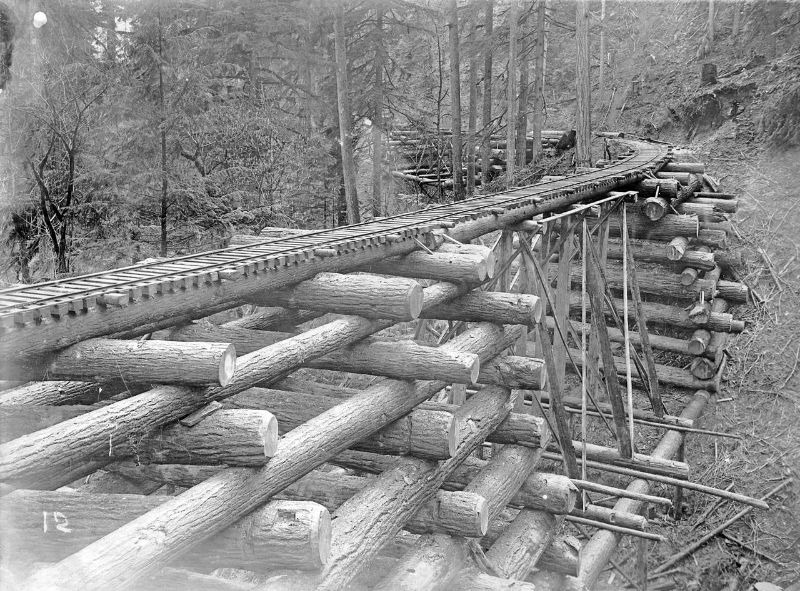
The story of timber trestles began in the 1850s when railroads began to stretch across North America’s vast, uncharted territories. Timber was an abundant and inexpensive material, making it the preferred choice for constructing bridges quickly and efficiently.
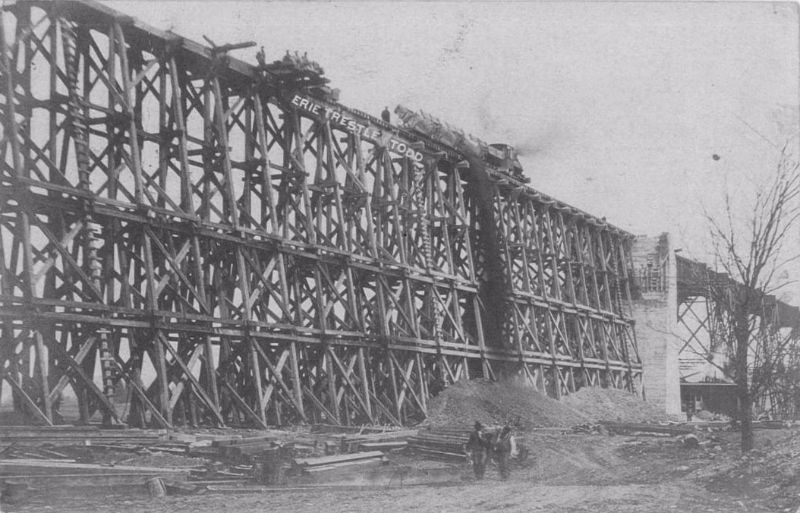
The widespread availability of lumber in nearby forests, particularly in the Pacific Northwest and British Columbia, Canada, allowed for the rapid expansion of these structures.
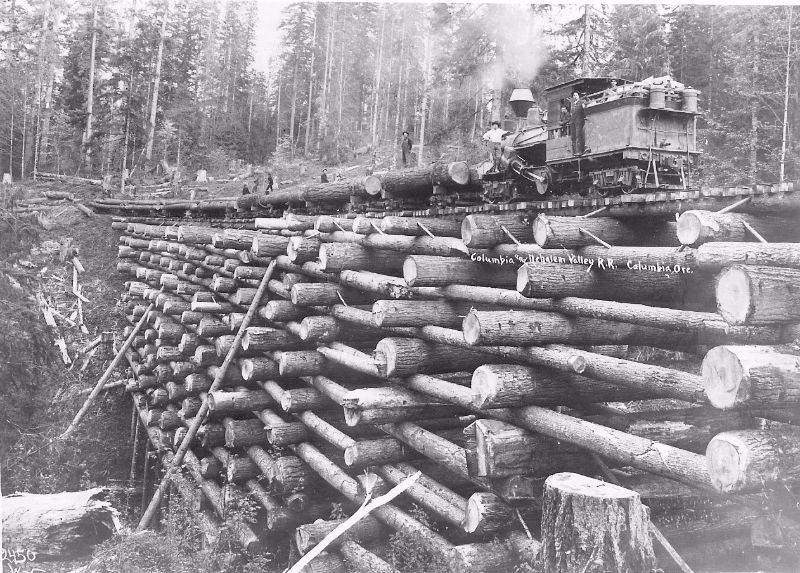
Timber trestles became synonymous with the logging railroads of these regions, where almost every bridge was made of wood.
These bridges came in two primary forms: pile trestles and framed bents.
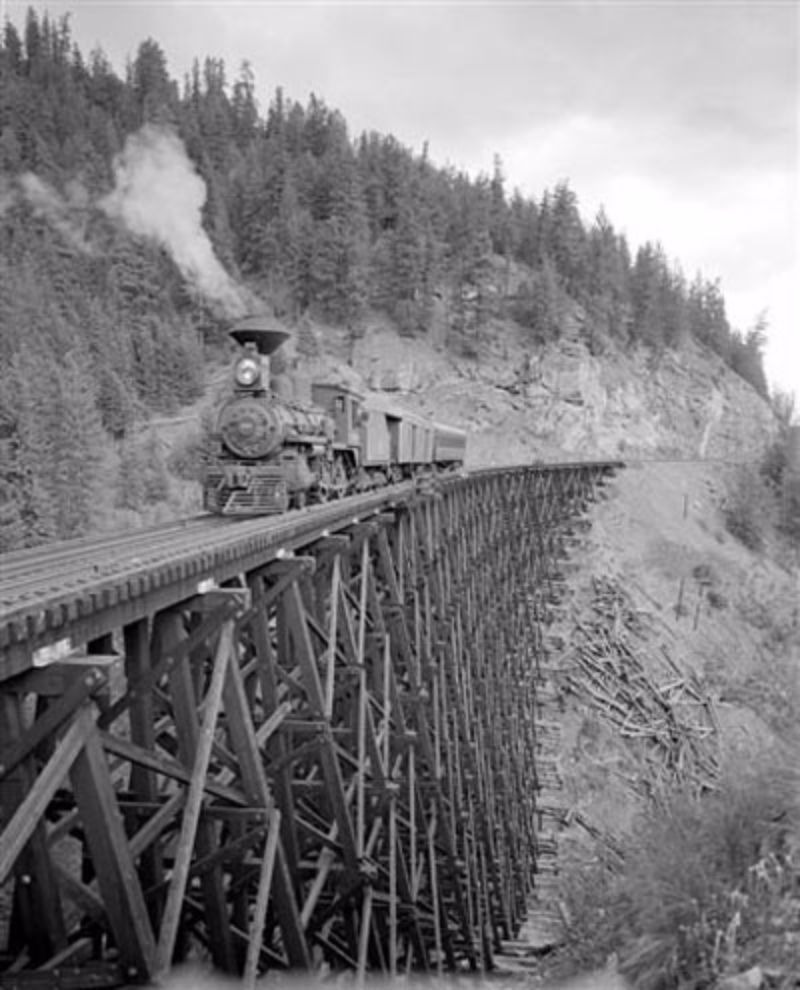
Pile trestles, the most common type, featured bents spaced 12 to 16 feet apart. Each bent consisted of multiple timber poles driven straight into the ground, creating a sturdy foundation for the bridge.
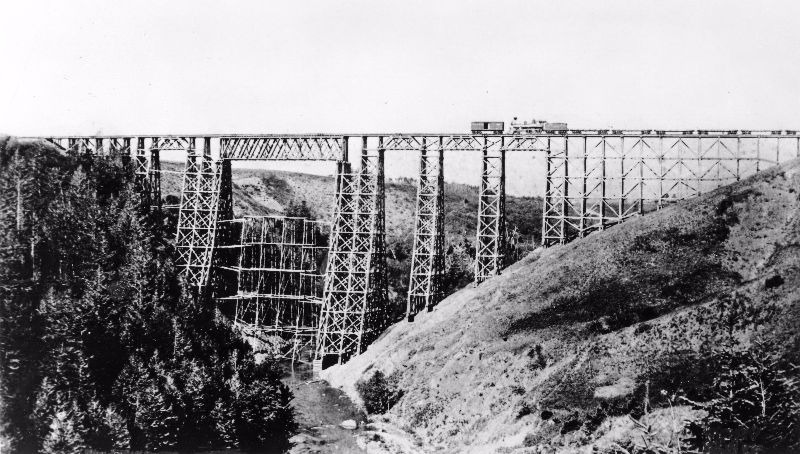
Framed bents, on the other hand, were used for taller trestles and were built using square timbers resting on mud sills or sub-sills.

These massive structures, often towering over 200 feet in height and stretching for miles, were feats of engineering that showcased the ingenuity of their builders.
Challenges and triumphs in timber trestle construction
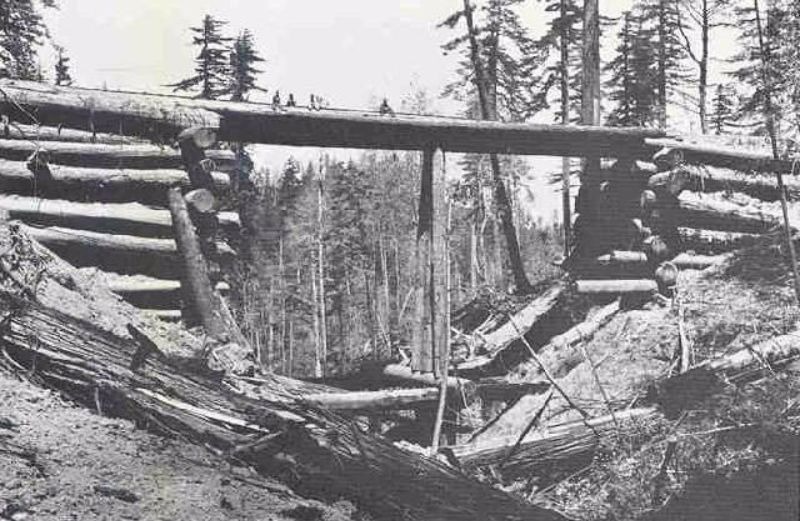
Building timber trestles was no small feat. Engineers faced numerous challenges, from the rugged terrain of the Appalachian Mountains to the expansive valleys of the Pacific Northwest.
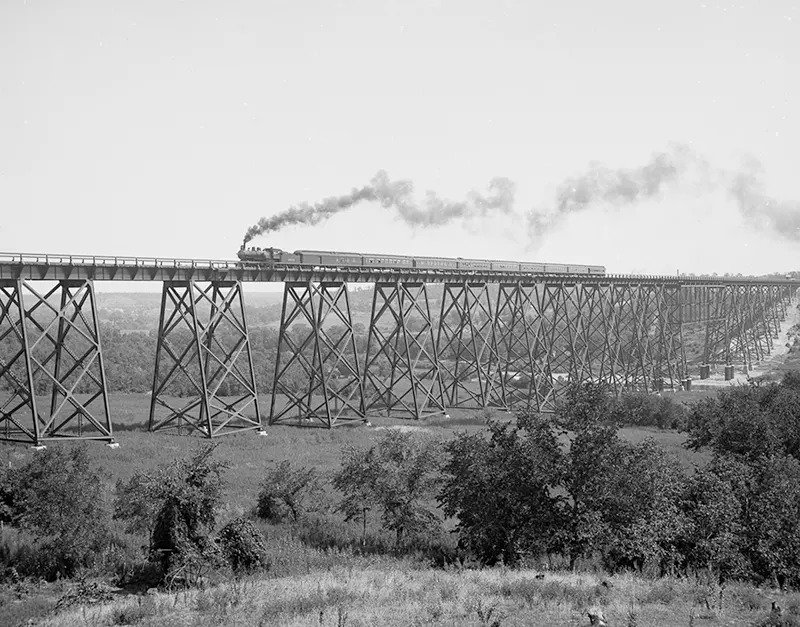
The construction process was labor-intensive and dangerous, requiring workers to assemble massive sections of the bridge on the ground before hoisting them into place.
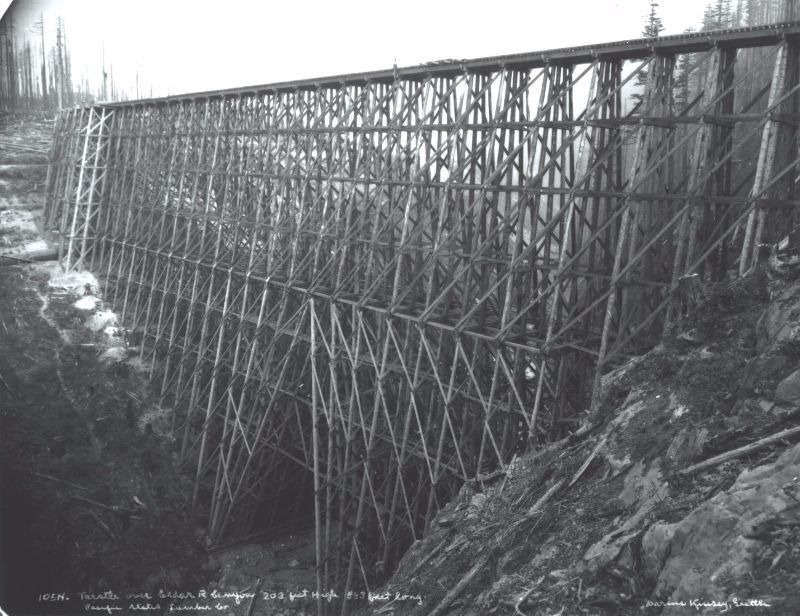
Despite these challenges, the builders of these trestles succeeded in creating some of the most remarkable wooden structures ever seen.
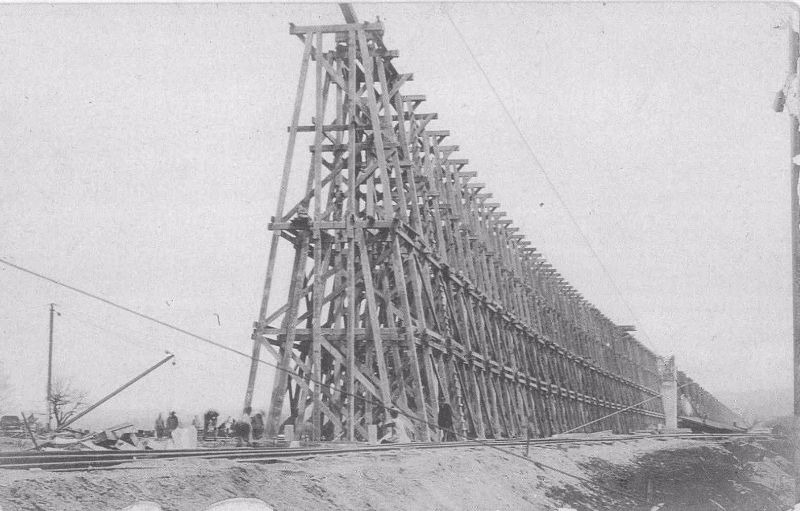
The timber trestles of the Camas Prairie Railroad in northern Idaho are prime examples of these engineering triumphs.
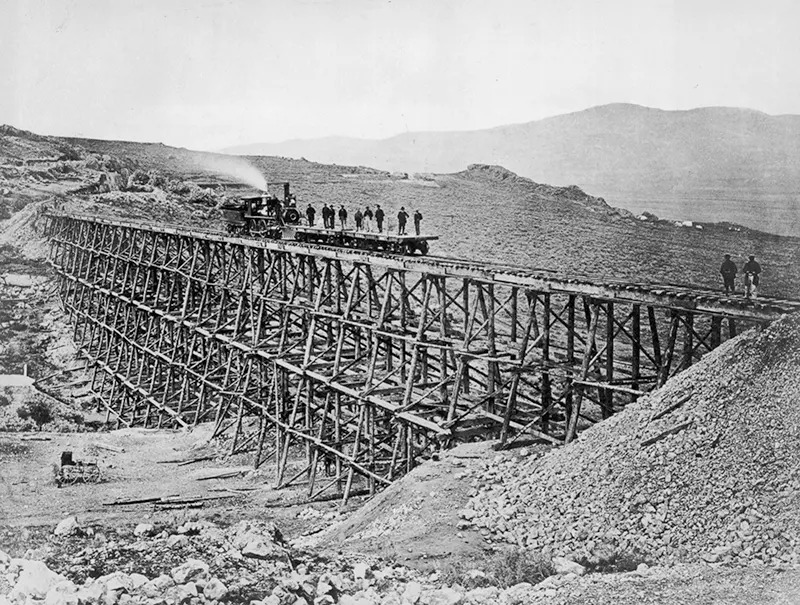
Spanning the rolling hills and deep canyons of the region, these trestles connected communities and industries that would have otherwise been isolated.
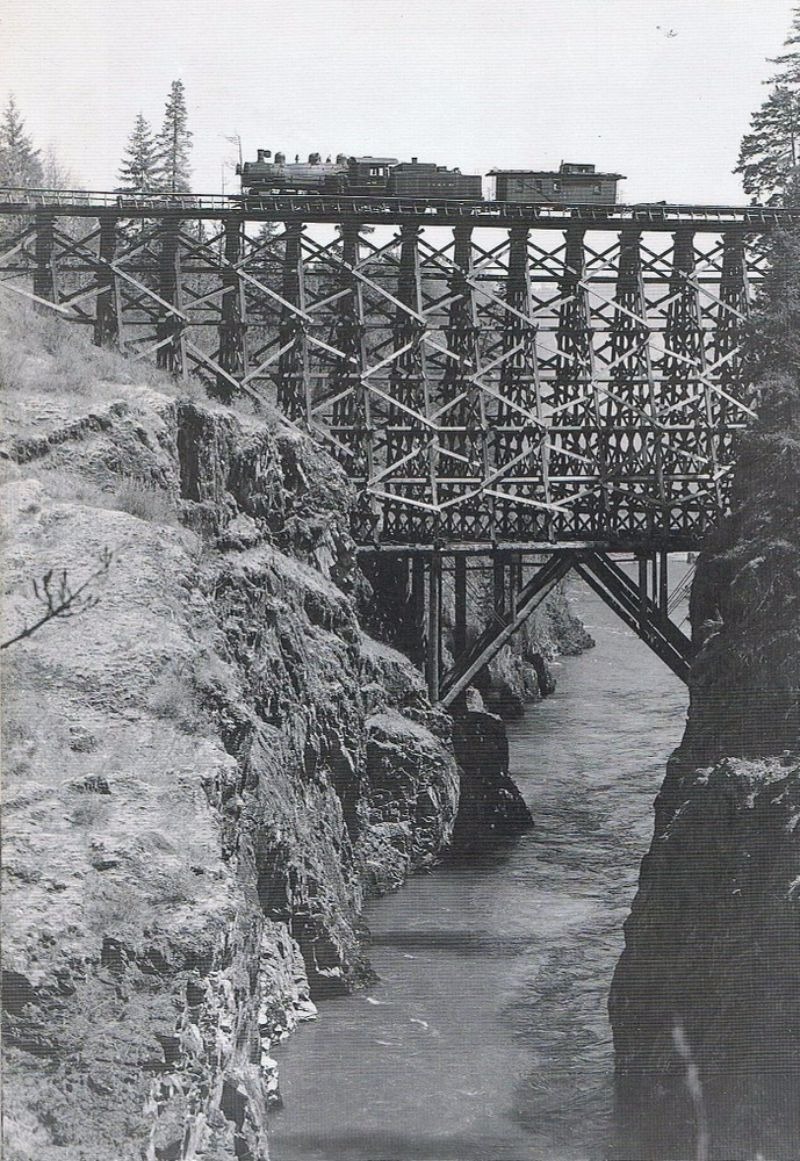
The most impressive of these was the 1,490-foot viaduct across Lawyers Canyon, a steel structure that stood 287 feet tall, towering over the landscape.
The decline of timber trestles
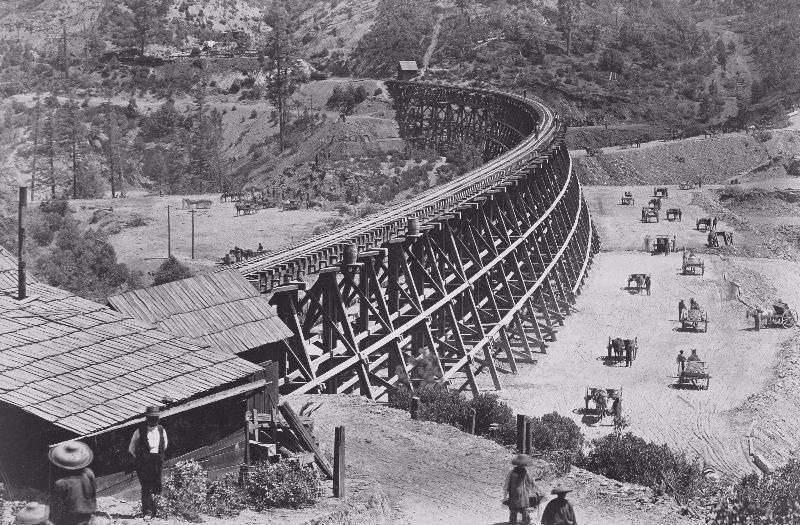
As railroads continued to expand, timber trestles grew larger and more complex. However, their time in the spotlight was limited. The inherent limitations of wood as a building material—susceptibility to decay, fire, and the elements—meant that these bridges were not built to last forever.
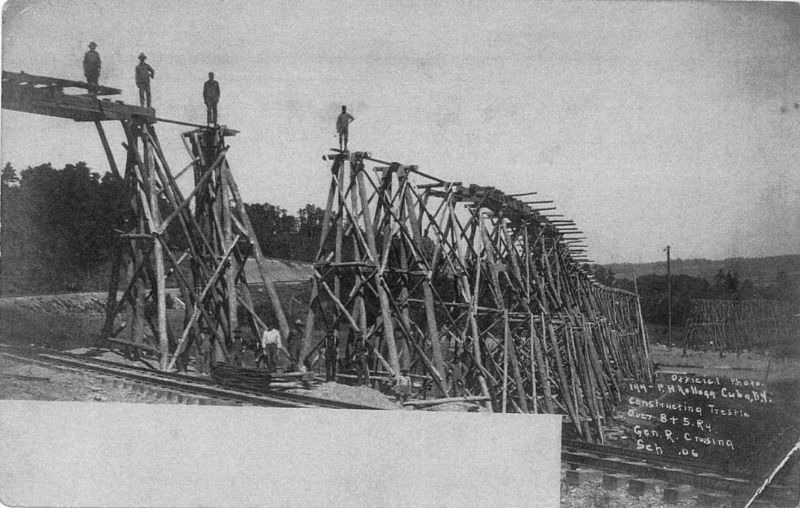
Untreated lumber could only withstand about 20 years of use before it began to deteriorate. Locomotives, with their heavy loads and hot engines, posed a constant fire risk, leading to frequent collapses and accidents.
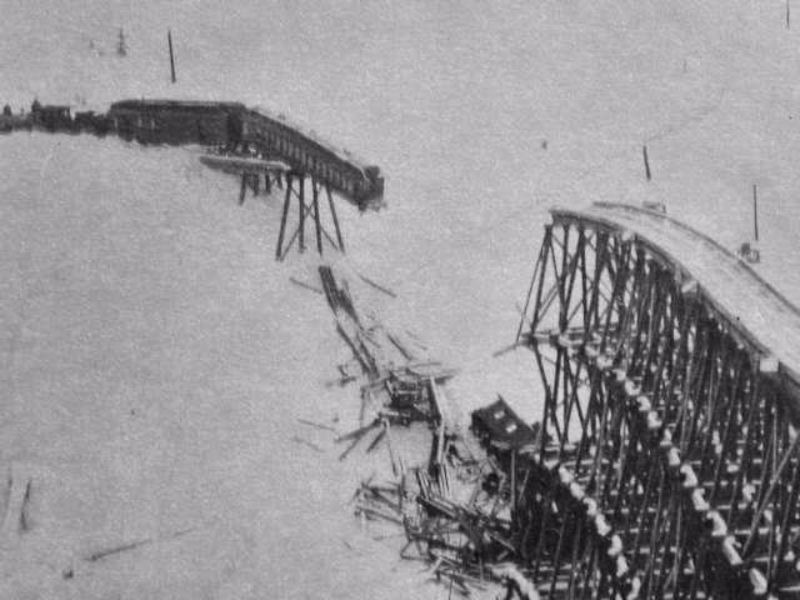
By the early 20th century, the rise of steel and concrete bridges marked the beginning of the end for timber trestles. These new materials offered greater durability, stability, and efficiency, making them the preferred choice for modern railroads.
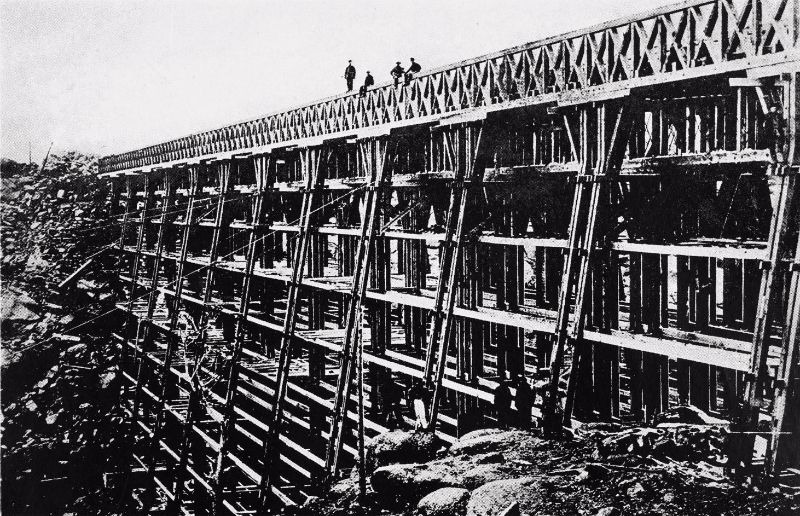
Timber trestles, once the backbone of North America’s rail network, were gradually phased out, with many of them replaced by more permanent structures.
The legacy of timber trestles
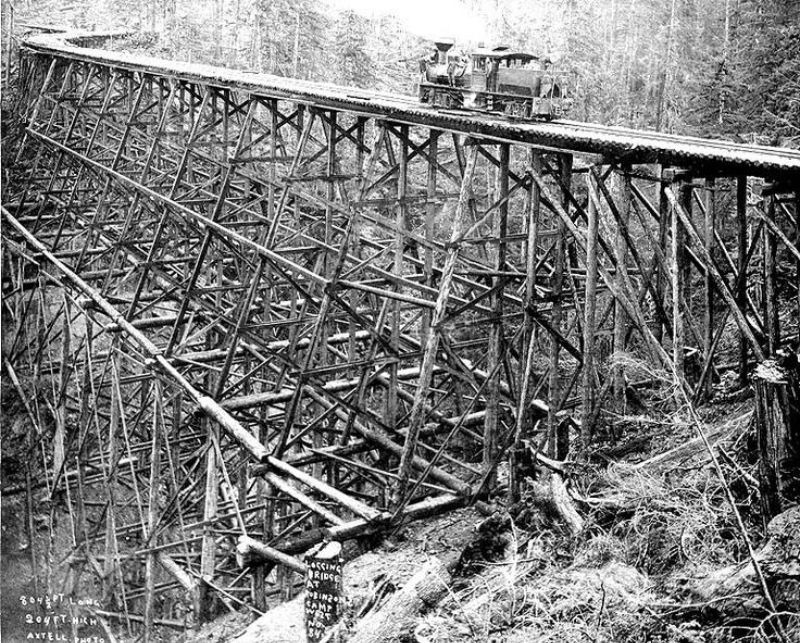
Despite their decline, the legacy of timber trestles endures. Today, vintage photographs of these wooden giants provide a fascinating glimpse into a bygone era of engineering and transportation.
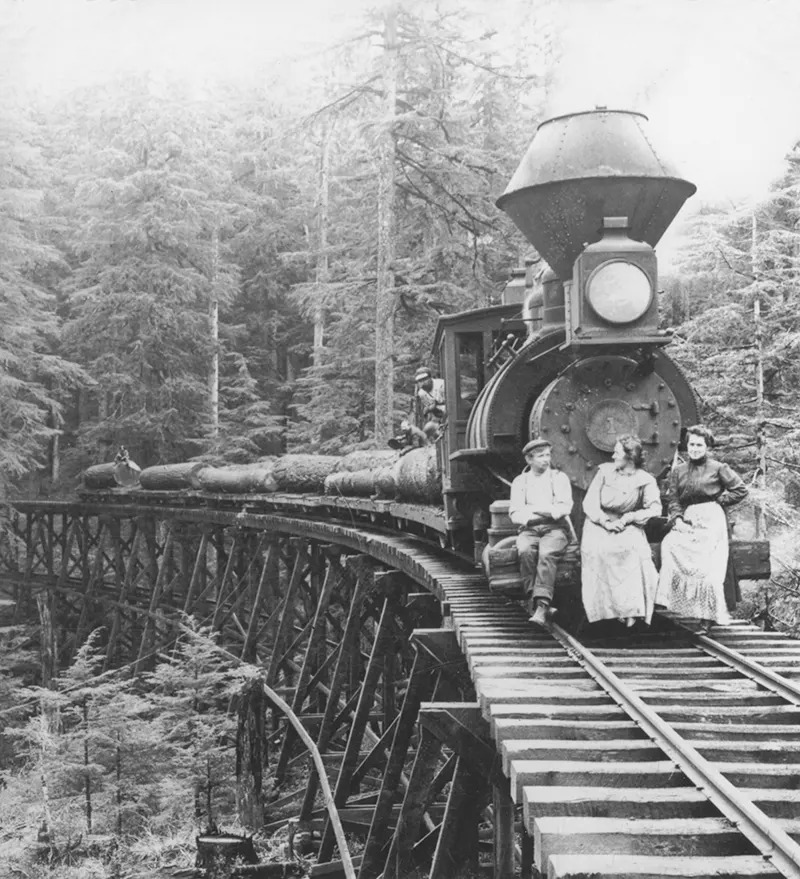
From the narrow crossings of the Appalachian Mountains to the towering trestles of the Pacific Northwest, these images capture the scale and beauty of the timber trestles that once spanned the continent.
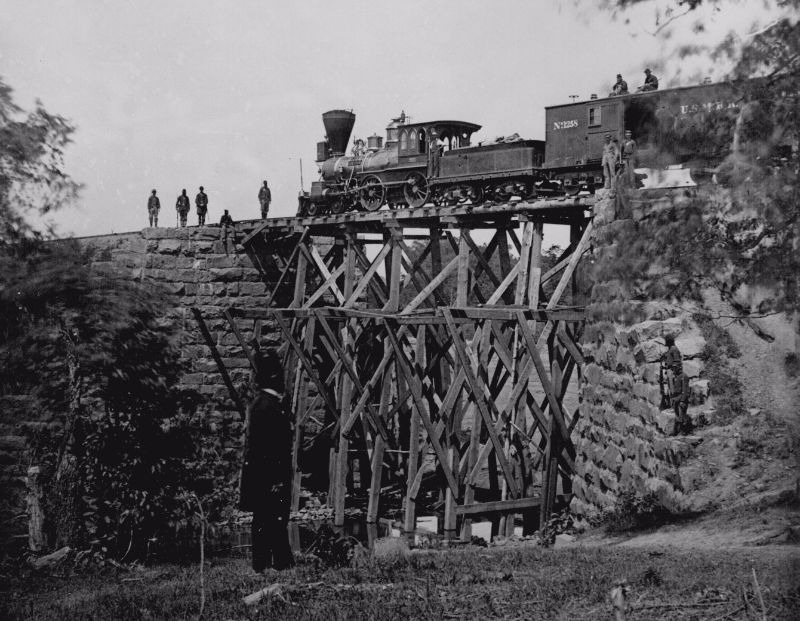
Some timber trestles still stand today, preserved as historical landmarks that pay tribute to the role they played in shaping North America’s railroad network.
The floodway of the Bonnet Carré Spillway in Louisiana, for example, is crossed by three wooden trestles over 1.5 miles in length, representing some of the longest timber railroad trestles still in regular use in North America.

